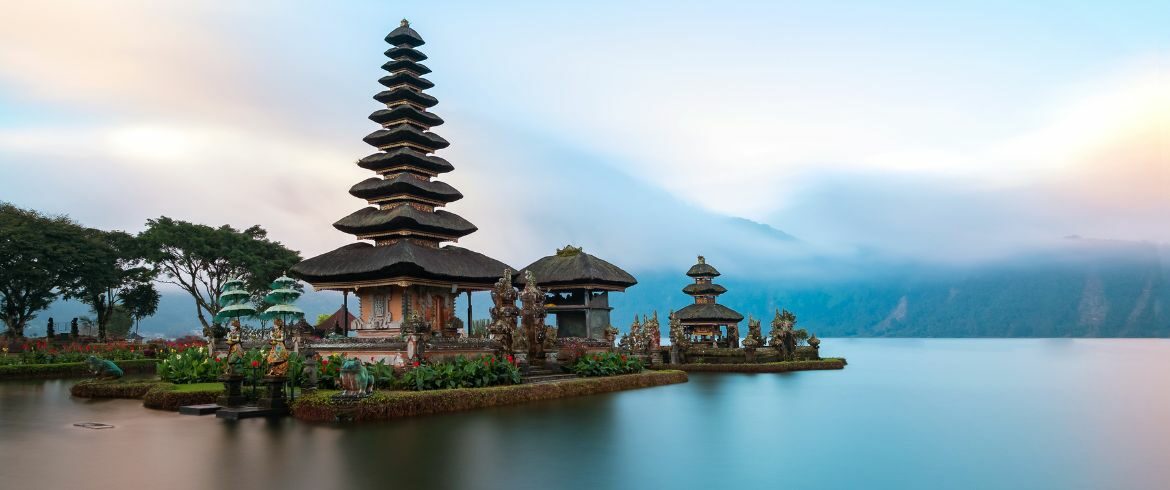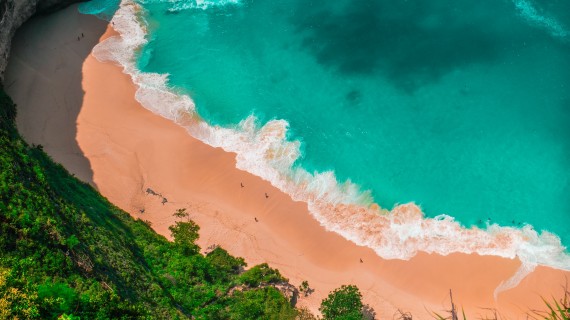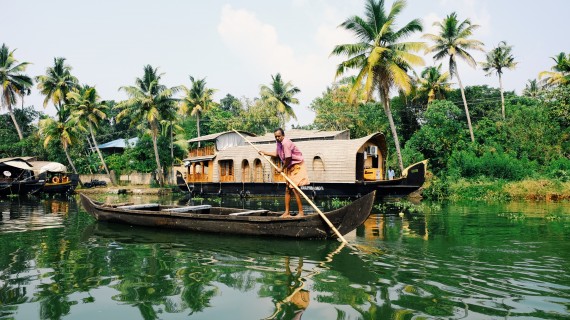Indonesia is an island of over 17,000 islands; hence, you are bound to find the area of interest due to its many wonders. Whether it is the lovely beach of Bali, the rich history of Jakarta or the wildlife of Sumatra, timing your visit can make a big difference in your travel experience. However, with the tropical climate and various regional weather patterns, what is the best time of the year to travel to Indonesia? This guide will assist you in knowing when it is most appropriate to plan a visit so that you can enjoy the scenic view of the country with fewer crowds, great weather, and maximum adventure.
1. Understanding Indonesia’s Climate
It is necessary to understand the climate to outline the possibility of the best seasons to travel to Indonesia. Indonesia’s climate is tropical, which means warm temperatures year-round, and it is usually close to about 77F to 90F or 25C to 32C. However, the country experiences two main seasons: the dry season and the rainy season. The dry season in Ghana lasts from April to October, while the rainy season lasts from November to March. These seasons may differ from time to time depending on the geographical areas because the nation of Indonesia is made up of islands and microclimates.
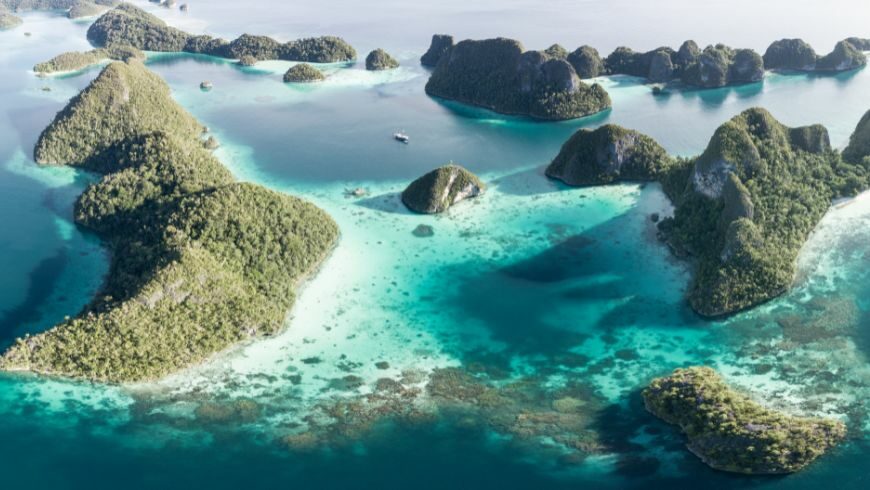
Most people consider the dry season to be the best time to visit. This season is perfect for outdoor activities like hiking, diving, and relaxing on the beach. While the dry season has few rains, and they occur rarely and early in the morning, the rainy season, as the name suggests, has frequent and, more often, afternoon showers. However, it is suitable for tourism since it is less crowded and cheaper.
2. Dry Season: April to October (The Peak Tourist Time)
To most visitors, the ideal time to visit Indonesia is during the dry season from April to October. It is mostly sunny with low humidity and little rainfall, so people can comfortably go out for activities. For example, Bali expects a high tourism season during such months, especially July and August. These are also the months when Indonesia’s beaches and national parks are at their best.
During this time, exploring Indonesia’s natural beauty is easy without worrying about heavy rain or muddy trails. You can hike up Mount Batur in Bali for a sunrise trek, dive in the crystal-clear waters of the Gili Islands, or simply relax on the white sands of Lombok. A reliable internet connection can also be essential for navigating your way around and staying in touch with loved ones, which is where an Indonesia eSIM comes in handy. It allows travelers to stay connected without the hassle of swapping out physical SIM cards.
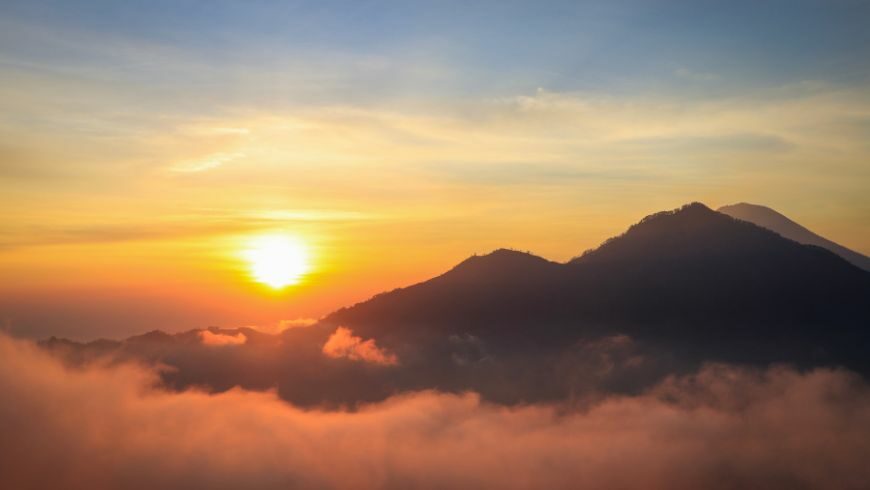
3. Best Time to Visit Bali and the Gili Islands
If you plan to visit Bali or the Gili Islands, the best time is during the dry season from May to September. These months are best for the beach since the sky is clear, and the sea is perfect for swimming, snorkeling, and diving. July and August are the busiest, while it’s still good weather if you can go a little earlier in the season in May or June, or even better in September, although it gets a little cooler on the coast.
Aside from the beaches, the dry season is ideal for exploring Bali’s green rice paddies, visiting the great temples, or climbing the volcanoes. The Gili Islands, situated just off the shore of Lombok, also have the best-traveling weather, especially in the dry season, as the island offers great aquatic activities such as diving and snorkeling around the beautiful coral reefs.

4. Visiting Java: Yogyakarta, Jakarta, and Mount Bromo
Java is the heart of Indonesia, home to the capital city of Indonesia, Jakarta, the cultural city of Yogyakarta and breathtaking volcano-Mount Bromo and Mount Merapi. Java is best visited during the dry season between May and September, though tourism can be done all year round. The weather is perfect for exploring the ancient temples of Borobudur and Prambanan, climbing up to Mount Bromo to watch the sunrise, or strolling through the famous city of Yogyakarta, Indonesia, to feel the culture alive.
Visiting Java during these months also means easier travel between destinations, as the roads are less likely to be impacted by heavy rain. It is also the best time to visit the colorful markets and interact with the local people at fairs normally held during this season. Using an Indonesia digital SIM, one can promptly travel around Java’s cities and appeals with necessary travel applications and map guides.
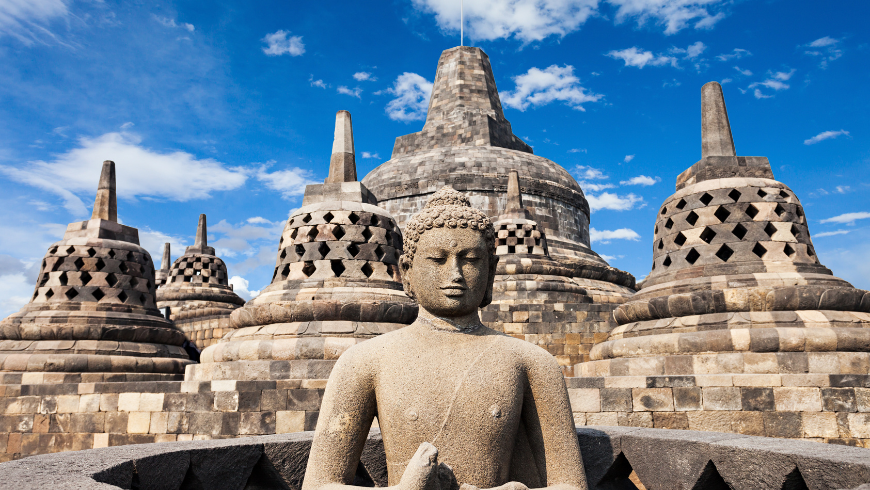
5. Rainy Season: November to March (A Quieter and Cheaper Time to Visit)
If you prefer to travel during quieter times and aren’t deterred by a bit of rain, the rainy season from November to March can still be a good option for visiting Indonesia. While the weather can be unpredictable, with daily afternoon showers, the mornings are often still clear, and the rain rarely lasts all day. Plus, traveling during the rainy season means fewer tourists, which translates to quieter beaches, less crowded attractions, and lower prices for accommodations and flights.
During this time, it’s a good idea to focus on destinations that are less impacted by rain. Bali, for example, still offers plenty of indoor activities like visiting museums, art galleries, and traditional Balinese cooking classes. If you’re into surfing, the wet season brings bigger swells, making it the best time for experienced surfers to hit the waves on the island’s western beaches.
The rain can also bring a refreshing, green vibrancy to the landscapes, particularly in areas like Ubud, where the rice terraces and jungles come alive with rich colors. Just remember to pack a rain jacket and be prepared for occasional downpours.
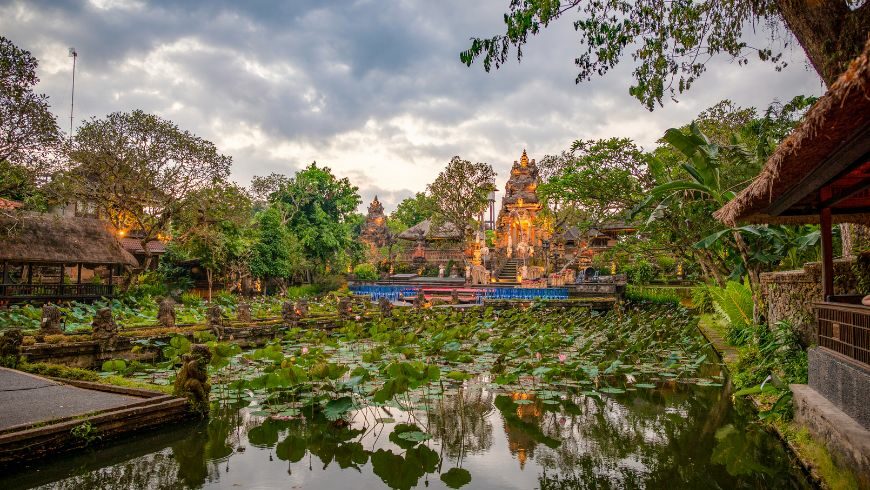
6. Shoulder Seasons: April and October (A Sweet Spot for Travel)
For those looking to balance good weather and fewer crowds, the shoulder seasons of April and October are perfect. These months mark the transition between the rainy and dry seasons, so while you may encounter the occasional shower, the weather is generally pleasant, and the crowds are thinner. April and October also offer more affordable travel options, as hotels and flights are cheaper than the peak tourist season.
In Bali, you can still enjoy the beaches, hikes, and cultural attractions during these months, but without the rush of high-season tourists. Similarly, Java’s iconic landmarks, like Borobudur and Mount Bromo, are less crowded, giving you more time to soak in the atmosphere and take memorable photos.

Conclusion
In conclusion, the best time to visit Indonesia depends on what kind of experience you’re after. The dry season from April to October is ideal for outdoor adventures, cultural exploration, and beach activities, while the rainy season offers a quieter, more affordable alternative. Whether you’re hiking volcanoes, exploring ancient temples, or relaxing on a quiet beach, Indonesia is ready to welcome you year-round.
